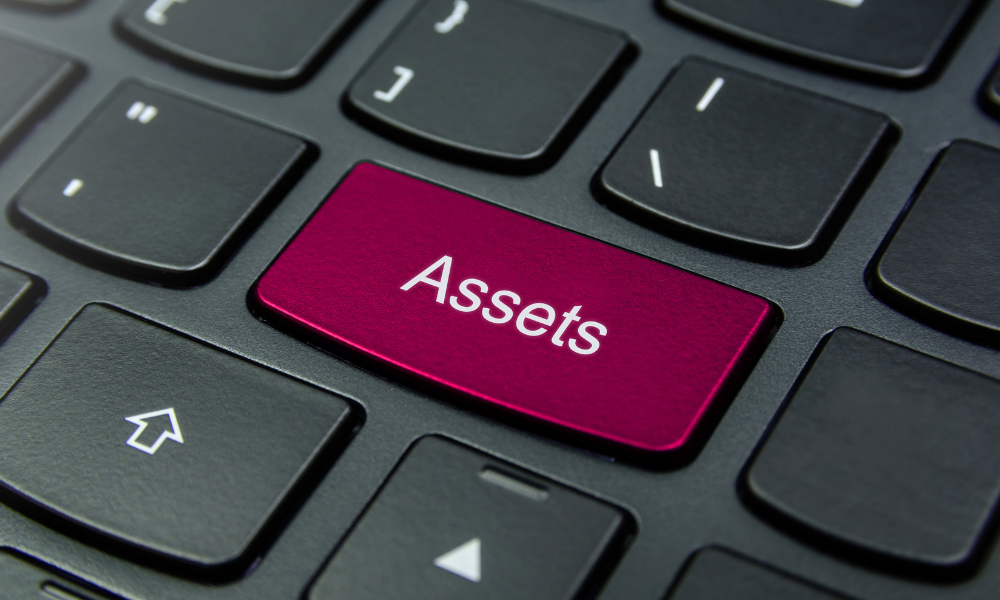'The backdrop is certainly more supportive now versus where we have been,' says portfolio manager at Ninety One

As the US continues to grapple with tight monetary and fiscal conditions, institutional investors have increasingly turned their attention toward European markets.
Alex Holroyd-Jones believes the recent pivot is less about short-term positioning and more about the evolving macro backdrop that’s finally giving European assets a fighting chance, partly due to US President Donald Trump’s trade war.
He recalls the shift in sentiment toward European assets started in early 2024, which was caused by a direct response to what had been a challenging environment for much of the prior two years.
“Unlike what we've seen in the US, which was big under Biden and then continuing under Trump, you had very tight policy in Europe where they actually were trying to keep fiscal discipline and obey by the excessive deficit procedure rules, which basically meant that no one could really spend any money post COVID,” explained Holroyd-Jones, portfolio manager at Ninety One.
As a result, growth was stagnant and consumer activity stalled, he explained.
“If you think politically, we had governments changing and falling in Germany and France and the war in Ukraine, which had been weighing on growth for a long time, but was actually showing up in higher savings rates. Meanwhile, the US had savings rates which were falling and continued to fall and basically never rose post COVID, whereas in Germany and in the rest of Europe, savings rates had been rising, which suggests that people were battening down the hatches and sort of preparing for the worst, which is usually a function of that uncertainty," he added.
Holroyd-Jones believes the stagnant growth helped accelerate the region's return to its inflation target. This set the stage for the European Central Bank to begin easing monetary policy more aggressively than the US, pointing out that the central bank brought rates down from 4 per cent to around 2 per cent, a level widely seen as neutral.
This shift has begun to unlock credit demand, with both supply and appetite for borrowing rising after years of constraint. In his view, it marks a significant break from the post-2021 environment, when high uncertainty and energy costs kept Europe stuck in low gear. Adding to the momentum is the looming fiscal boost, particularly in Germany, where massive defense spending commitments. This is partly in response to geopolitical threats, which are expected to have long-term growth implications.
“You’re talking about a trillion [dollars] over 10 years for Germany,” he said. “That has potential to boost trend growth.” If realized, this could lift Germany’s growth trajectory from 1 per cent to as high as 2.5 per cent.
"That's a growth rate which would be much more similar to what we've seen in in the US," he noted.
He suggests that several tailwinds, including falling energy prices and signs of political stabilization in Germany and France, are improving the near-term outlook. However, Holroyd-Jones is careful to note the external risks, particularly US trade policy.
“If the tariffs would be ramped up much more materially, then European growth may be delayed,” he said. “But the backdrop is certainly more supportive now versus where we have been.”
So is Europe finally shaking off the long-standing structural drags that have weighed on its economy since the global financial crisis? Holroyd-Jones suggests it could be, acknowledging one of the most important shifts is the recovery of the banking system, noting that post-GFC, banks were “in a bad way and weren’t able to lend.”
“The big change has been that European banks have essentially put their houses in order and are now able and willing to lend out. Consequently, you've got a growth backdrop which is more supportive. So European banks, in our mind, even though we've had kind of very strong performance, look well placed to benefit from a structural tailwind as well as a cyclical uplift,” he said.
He also noted a set of European sectors like defense, technology, and select consumer names that appear well-positioned as growth conditions improve, highlighting companies like ASML and German defense manufacturers. They remain strategically relevant despite recent underperformance, he said.
However, he underscored that broader confidence in the region’s recovery remains limited.
“There’s still a lot of doubt around the ability for European growth to actually accelerate on a durable basis,” he said.
But that skepticism may be misplaced. With monetary policy loosening and savings rates likely to decline, Holroyd-Jones sees conditions forming for a more broad-based recovery beyond just a few outperforming sectors.
Export-oriented companies and consumer-facing firms, such as those in the luxury goods space, have lagged amid weak global demand and tariff concerns, but he argues they may benefit as the macro environment improves.
If global manufacturing rebounds, and China’s economy continues stabilizing, Europe’s external-facing sectors could be poised for upside, he said.
And while capital flows into Europe have picked up, he’s cautious about assuming this trend is permanent. Particularly as equity markets remain highly concentrated, and any dovish shift from the Federal Reserve could quickly pull global capital back toward American tech giants.
“It can be dangerous to doubt the US market,” he said.
Still, he views the near-term macro environment in Europe - falling interest rates, improving growth, and a potentially stronger euro - as broadly supportive for risk assets in the region.
His ultimate message to institutional investors and pension funds eyeing Europe is to stay grounded and to keep a watchful eye on the European market performance.
“There’s every potential that European markets could start performing very strongly again. This backdrop is one which is very positive for European risk assets. By end of the year, we’re looking at a picture which is much more robust and that sets up a very positive 2026,” he said.



